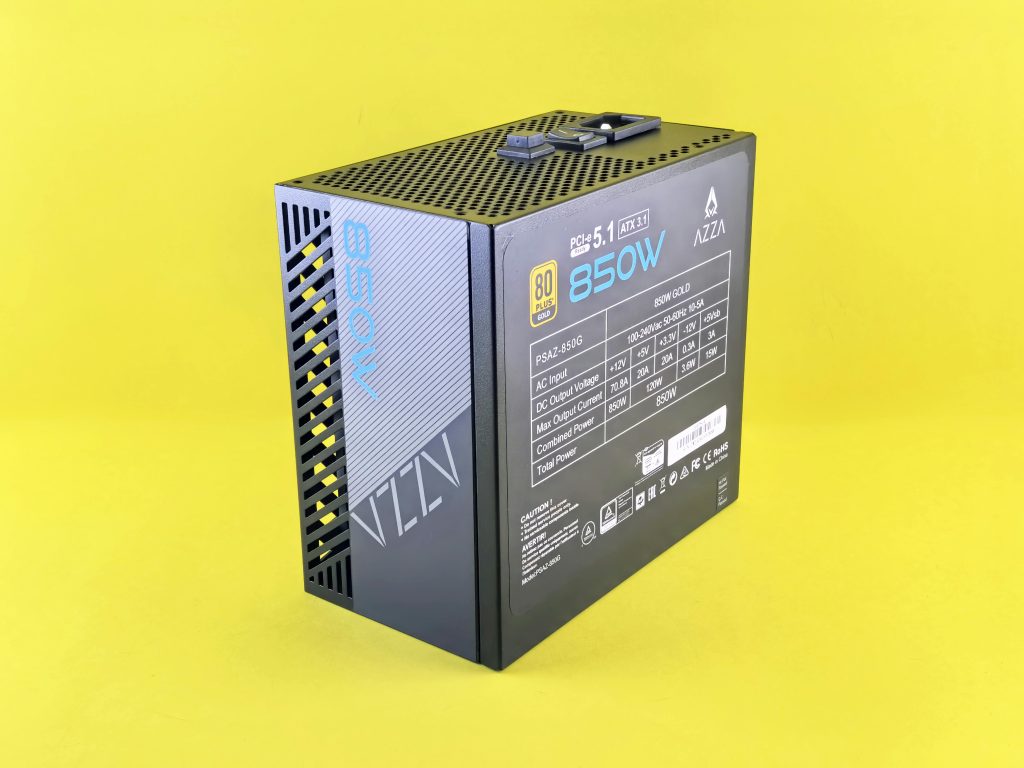Maximizing Productivity: Integrating a Shared Monitor for Seamless Multi-Device Workflow
In today’s interconnected digital workspace, many professionals and enthusiasts juggle multiple devices—including desktops and laptops—to optimize productivity. A common challenge involves efficiently managing dual-device setups with minimal clutter and maximum fluidity. One effective solution involves leveraging a shared monitor that dynamically switches between devices depending on your current focus, creating a seamless multi-screen experience.
Understanding the Setup
Imagine you have a desktop PC and a laptop, both connected to a single monitor. You also utilize software like Mouse Without Borders, which allows you to control multiple computers with a single mouse and keyboard. This setup streamlines workflow and reduces the need for physically switching peripherals.
The Objective
The goal is to extend this setup by adding a shared monitor that automatically or easily switches between the two computers—your PC and your laptop—based on which device you’re actively using. Such a configuration ensures that your workspace remains uncluttered, with a single display that adapts fluidly to your workflow.
Potential Solutions and Considerations
-
Hardware-Based KVM Switches:
A traditional approach involves using a hardware KVM (Keyboard, Video, Mouse) switch. These devices enable you to share a monitor, keyboard, and mouse between multiple computers. Modern KVM switches often support high resolutions and multiple inputs, allowing you to toggle between your PC and laptop easily. Some KVM switches support automatic switching based on input signals, which can enhance workflow fluidity. -
Software-Driven Solutions:
While Mouse Without Borders handles peripheral control, it doesn’t directly manage display switching. However, software solutions like DisplayFusion or Actual Multiple Monitors can facilitate monitor management, including defining profiles that switch between devices. Combining these with hardware switches can offer a flexible setup. -
Display Management Features:
Some monitors support multiple input sources and can be configured to switch inputs automatically based on signal detection. This means connecting each computer to a different input port and allowing the monitor to detect which device is active. Using the monitor’s input switching features can simplify the process, especially if manual toggling aligns with your workflow. -
Wireless and Mirroring Solutions:
For laptops supporting Miracast or similar technologies, wireless display solutions can provide additional flexibility. These are more suitable for temporary or less bandwidth-intensive tasks.
Brainstorming the Optimal Workflow
- Combining a hardware KVM switch with your existing software setup can give you quick physical toggling
Share this content:



